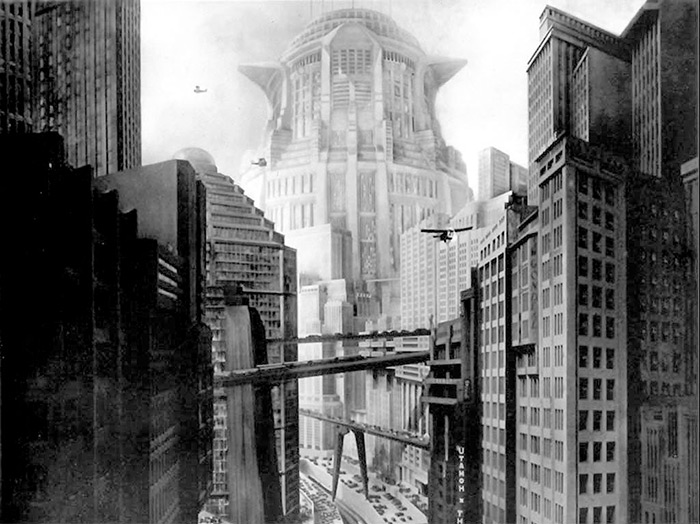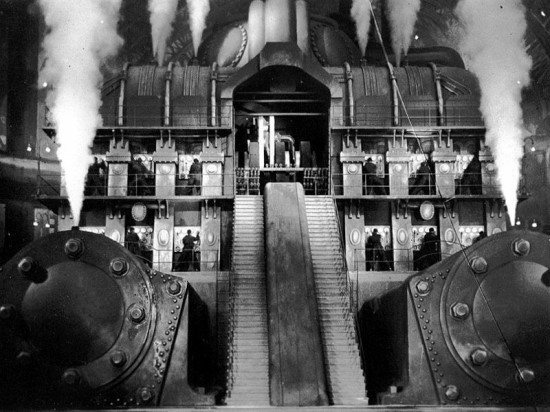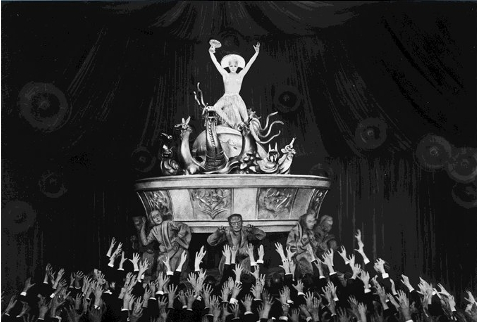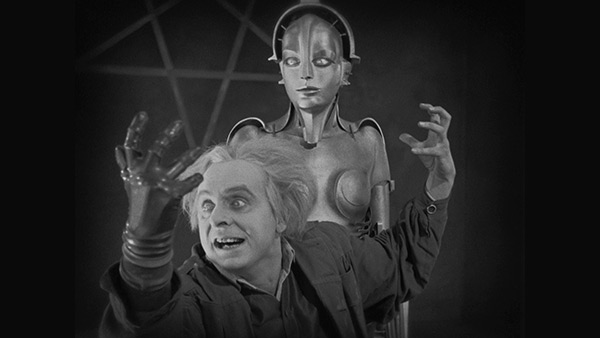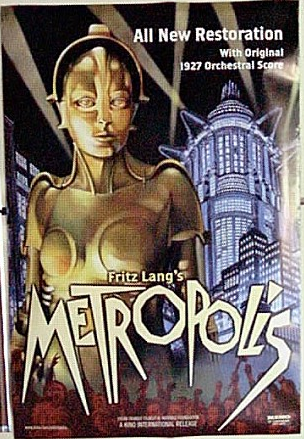주메뉴
- About IBS 연구원소개
-
Research Centers
연구단소개
- Research Outcomes
- Mathematics
- Physics
- Center for Underground Physics
- Center for Theoretical Physics of the Universe (Particle Theory and Cosmology Group)
- Center for Theoretical Physics of the Universe (Cosmology, Gravity and Astroparticle Physics Group)
- Dark Matter Axion Group
- Center for Artificial Low Dimensional Electronic Systems
- Center for Theoretical Physics of Complex Systems
- Center for Quantum Nanoscience
- Center for Exotic Nuclear Studies
- Center for Van der Waals Quantum Solids
- Center for Relativistic Laser Science
- Chemistry
- Life Sciences
- Earth Science
- Interdisciplinary
- Center for Neuroscience Imaging Research (Neuro Technology Group)
- Center for Neuroscience Imaging Research (Cognitive and Computational Neuroscience Group)
- Center for Algorithmic and Robotized Synthesis
- Center for Genome Engineering
- Center for Nanomedicine
- Center for Biomolecular and Cellular Structure
- Center for 2D Quantum Heterostructures
- Center for Quantum Conversion Research
- Institutes
- Korea Virus Research Institute
- News Center 뉴스 센터
- Career 인재초빙
- Living in Korea IBS School-UST
- IBS School 윤리경영


주메뉴
- About IBS
-
Research Centers
- Research Outcomes
- Mathematics
- Physics
- Center for Underground Physics
- Center for Theoretical Physics of the Universe (Particle Theory and Cosmology Group)
- Center for Theoretical Physics of the Universe (Cosmology, Gravity and Astroparticle Physics Group)
- Dark Matter Axion Group
- Center for Artificial Low Dimensional Electronic Systems
- Center for Theoretical Physics of Complex Systems
- Center for Quantum Nanoscience
- Center for Exotic Nuclear Studies
- Center for Van der Waals Quantum Solids
- Center for Relativistic Laser Science
- Chemistry
- Life Sciences
- Earth Science
- Interdisciplinary
- Center for Neuroscience Imaging Research (Neuro Technology Group)
- Center for Neuroscience Imaging Research (Cognitive and Computational Neuroscience Group)
- Center for Algorithmic and Robotized Synthesis
- Center for Genome Engineering
- Center for Nanomedicine
- Center for Biomolecular and Cellular Structure
- Center for 2D Quantum Heterostructures
- Center for Quantum Conversion Research
- Institutes
- Korea Virus Research Institute
- News Center
- Career
- Living in Korea
- IBS School
News Center
|
Scientists talk science in movies Metropolis (1927), A genuine classic of Science Fiction movies- A genuine classic of Science Fiction movies, Metropolis depicts a dystopian future for humanity - Sci-fi is a film genre that has long been loved by film audiences. The latest sci-fi movies show off splendid visual effects with computer graphic (CG) technology depicting future societies that we, human beings, have come to desire. How, then, does a film, pre-CG, stand up to our modern standards in depicting a future dystopian society effectively? Metropolis, a sci-fi classic, successfully visualizes a surprisingly fantastic futuristic city, setting the standard for sci-fi movies for years to come, even though it was produced in 1927, nearly 9 decades ago. Research fellow LEE Sun-Hwa of the Center for Multidimensional Carbon Material recommends this silent, black-and-white film as it proves, she says, ‘the greatness of classics’.
A classic with sophisticated directing and a powerful message
Dr. LEE admires the film, saying she can’t believe such an incredibly imaginative film with a tightly woven plot was made 90 years ago. “What’s amazing about the movie is that as a silent, black-and-white film, made in a time when CG was unimaginable, it successfully depicts a futuristic city.” Through sophisticated directing, the film delivers a crystal clear message to the audience. The movie portrays a highly industrialized and contradictory futuristic city of Metropolis in which the rich reign from high-rise tower complexes, while the lower class of underground-dwelling workers toil constantly to maintain the luxurious lifestyle of the upper class. Therefore, it is very dramatic when the main character Freder, son of the city’s master Fredersen, meets Maria, a young woman from the underground. A memorable scene occurs when Freder is shocked to hear Maria telling the underground children that the upper class people are their brothers and sisters.
Maria tries to save workers and inspire Freder to be a mediator between the workers and the rich masses who control the city. Meanwhile, Fredersen finds out about Maria’s influence on the workers and orders Rotwang, a scientist, to create a robotic copy of her in order to send it to the underground city to deceive and stir up the workers. In the end, his attempt fails and Freder becomes a real mediator, reconciling the workers and his father. The message from the movie is very powerful “The robot Maria’s dance bewitches the mighty men of Metropolis and triggers a fight among them. That scene is impressive because it seems to show the ignorance of the public. Personally, it looks like a warning that the advance of civilization can bring convenience but at the same time, ill-intentioned scientists or inventors can easily turn the public into the stupid crowd by deceiving them,” says Dr. LEE. Scientist should serve as the heart which connects head and handsFor Dr. LEE, what Rotwang does in the movie is interesting because he reminds her of research ethics and the attitude of scientists. He is a genius who can make a perfect human-like-robot and also knows he can destroy the world with his ability. She says, “Maria preaches that the mediator between head and hands must be the heart and what she says is very meaningful to me as a scientist. The ultimate goal of research is happiness of mankind. Without the heart to love and care for others, we, as researchers, can become a villain like Fresersen or Rotwang. I think the message of linking head and hands with the heart can be applied to research ethics.”
What she means is that technological advances have made life a lot more convenient, but what researchers should always bear in mind is for whom the research is for. The fake Maria is an intelligent robot with artificial intelligence (A.I.). Dr. LEE says these AI robots can do what humans can’t do, but what still matters is the intention of the developer. “The city in the movie doesn’t look out of date compared to modern cities. The future city in my dream isn’t that grand,” says Dr. LEE, imagining a near tangible future, “I do not imagine a future where people use a sleek aircraft in the city instead of a car or travel to space easily. That’s because I know how hard it is to develop and realize such technologies. But it would be nice if we have a house that automatically regulates temperature and humidity or a laptop that can be folded like paper.” A scientist who develops entirely new materialsAs a material scientist, Dr. LEE is often curious about materials in science movies: how Spiderman’s web can be so strong and elastic, what kind of materials were used for Captain America’s shield to make it indestructible. These interesting questions pop up in the head of Dr. LEE who has devoted herself to material engineering. “Materials are used in almost all areas, so that material engineering is connected to various disciplines such as chemistry, physics and life sciences . We can conduct joint research with groups in diverse fields and create new materials. This is the beauty of material engineering,” she says.
Among various carbon bonds, Dr. LEE is currently studying sp3 hybridization, a combination of an s orbital and 3 p orbitals like diamond, at the Center for Multidimensional Carbon Material. Diamonds have outstanding properties such as extreme hardness, high thermal conductivity and excellent biocompatibility but there has been very little research on controlling the shape and properties of diamonds when synthesizing them. She is aiming to develop diamond-like carbon materials with desired shape and properties utilizing organic precursors. Dr. LEE says that science should not be used to satisfy one’s greed and should serve as the heart which connects head and hands since the ultimate goal of scientific research is happiness of mankind. Metropolis (1927)
Director: Fritz Lang Cast: Alfred Abel, Brigitte Helm, Gustav Frohlich, Rudlof Klein-Rogge Tagline: What is behind a glamorous, futuristic city? |
| Next | |
|---|---|
| before |
- Content Manager
- Communications Team : Kwon Ye Seul 042-878-8237
- Last Update 2023-11-28 14:20










